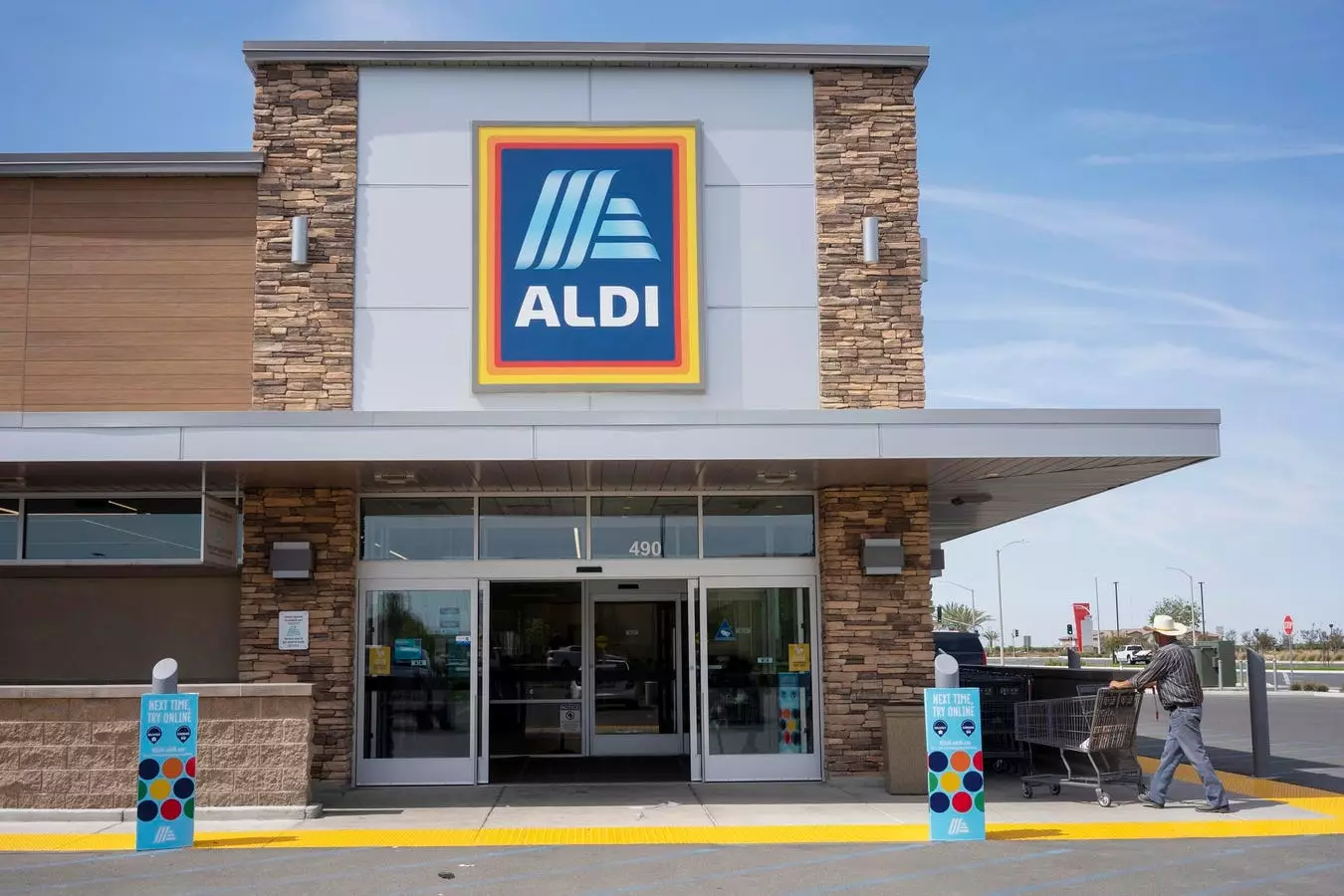In a world where inflation seems relentless and the cost of living continues to rise, the struggle for budget-conscious consumers is real. Grocery shopping, a staple of everyday life, has transformed into a daunting task, with many seeking the ideal combination of quality and cost. At the forefront of this battle is ALDI, a supermarket chain that has garnered attention with the release of its inaugural Price Leadership Report. Conducted with the help of an esteemed global research firm, this report revealed startling insights into ALDI’s pricing strategies across five major U.S. metro areas, showcasing their ability to offer the lowest prices against a plethora of competitors, including Walmart, Kroger, and Publix.
The Price Leadership Report centered its analysis on a basket of 70 popular grocery items, utilizing data from the Bureau of Labor Statistics (BLS) Consumer Expenditure Survey. The cities scrutinized were New York, Los Angeles, Chicago, Miami, and Houston—diverse regions that represent various consumer habits and preferences. Strikingly, the findings revealed that a family of four could save a staggering 36% on their annual grocery bills by opting for ALDI’s store brands instead of brand-name products available at traditional supermarkets. This translates into an annual expenditure of approximately $6,759 with ALDI, in stark contrast to the $10,610 average spent at competitor stores. This remarkable disparity underscores not just the viability of ALDI’s business model but also the significant savings they provide to families across the nation.
What has attributed to ALDI’s positioning as a price leader? A conversation with Jason Hart, the CEO of ALDI, reveals that their long-established supplier connections are fundamental to their operational success. With nearly half a century in the U.S. market, ALDI has cultivated a network that ensures customers have access to high-quality, affordable goods. This robust foundation allows ALDI to maintain diverse offerings, from local produce to imported delicacies, all while ensuring that quality is never compromised.
ALDI’s commitment to quality isn’t merely a marketing strategy; it’s substantiated by data. A survey from ALDI shoppers indicated that they ranked ALDI as number one for the freshest produce, although only 76% believed that their store brands could rival more expensive alternatives. Such statistics raise questions—how does consumer perception lag behind actual quality? Based on firsthand experiences, many who have sampled ALDI’s offerings would argue they rival even the leading brands.
Simplifying the Shopping Experience
In addition to its pricing strategy, ALDI has ingeniously transformed the grocery shopping experience itself. The no-frills store design promotes a swift shopping experience, enabling customers to locate items with minimal effort. Surveys show that a significant number of ALDI shoppers complete their grocery trips in an average of 30 minutes—this efficient layout is a deliberate strategy to minimize overhead costs and transfer those savings directly to consumers.
Moreover, ALDI’s operative philosophy extends beyond savings; it promotes a sense of community and care. By implementing practices such as posting ingredient lists associated with their store brands, they transparently communicate their dedication to healthy and sustainable choices. This alignment with modern consumer values explains the supermarket’s appeal beyond mere pricing.
ALDI’s market entry often triggers a ripple effect within local grocery pricing structures, prompting competitors to reassess their pricing strategies. This adversarial dynamic illustrates ALDI’s role not merely as a grocery store, but as a catalyst for change in the grocery sector. By fostering a competitive environment, ALDI effectively extends its benefits to the wider community, making grocery shopping more accessible for all.
As ALDI continues its expansion—highlighted by strategic acquisitions such as the recent purchase of Winn-Dixie in 2023—the implications for both quality-focused and price-sensitive consumers are significant. Their ability to provide affordable goods aligns perfectly with the current consumer landscape, where shoppers prioritize both value and sustainability.
The evolving marketplace indicates a growing desire among consumers for transparency and integrity in retail. ALDI’s transparent pricing, coupled with its unwavering commitment to sustainable practices, positions it well to remain a competitive force. Changes in consumer behavior reveal that shoppers are increasingly discerning about their retail choices, and ALDI’s clear, value-driven approach aligns perfectly with these emerging preferences.
ALDI typifies how a streamlined, consumer-centric approach can yield profound impacts in the grocery market. As it continues to navigate the complexities of an inflationary economy, ALDI does so with a steadfast focus on affordability and quality, ensuring that its relevance and influence in the grocery industry are only set to grow.


Leave a Reply